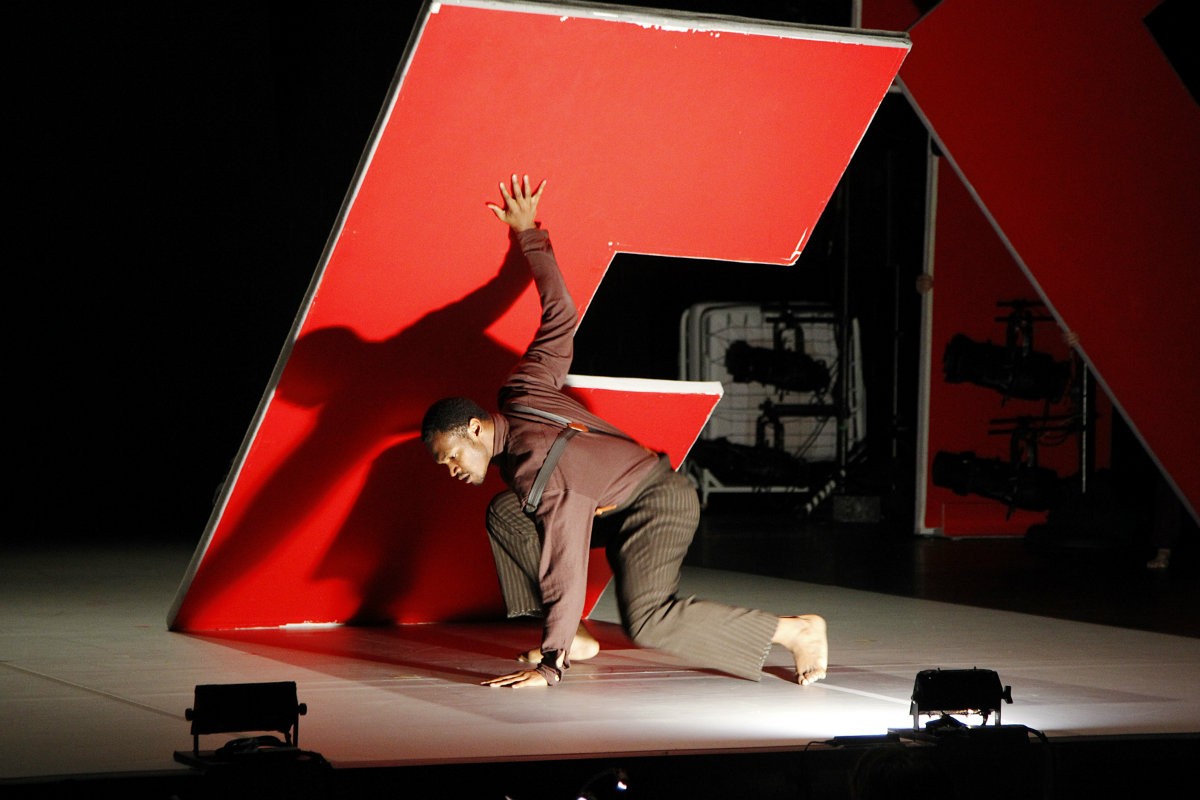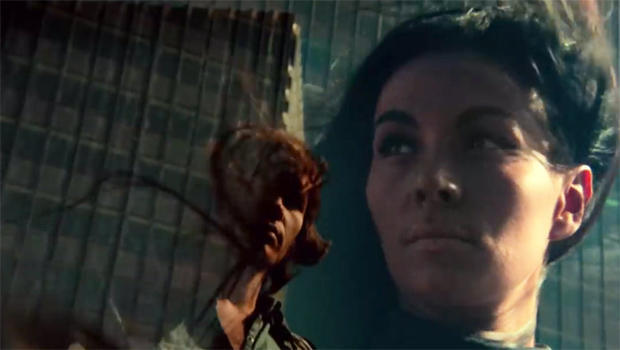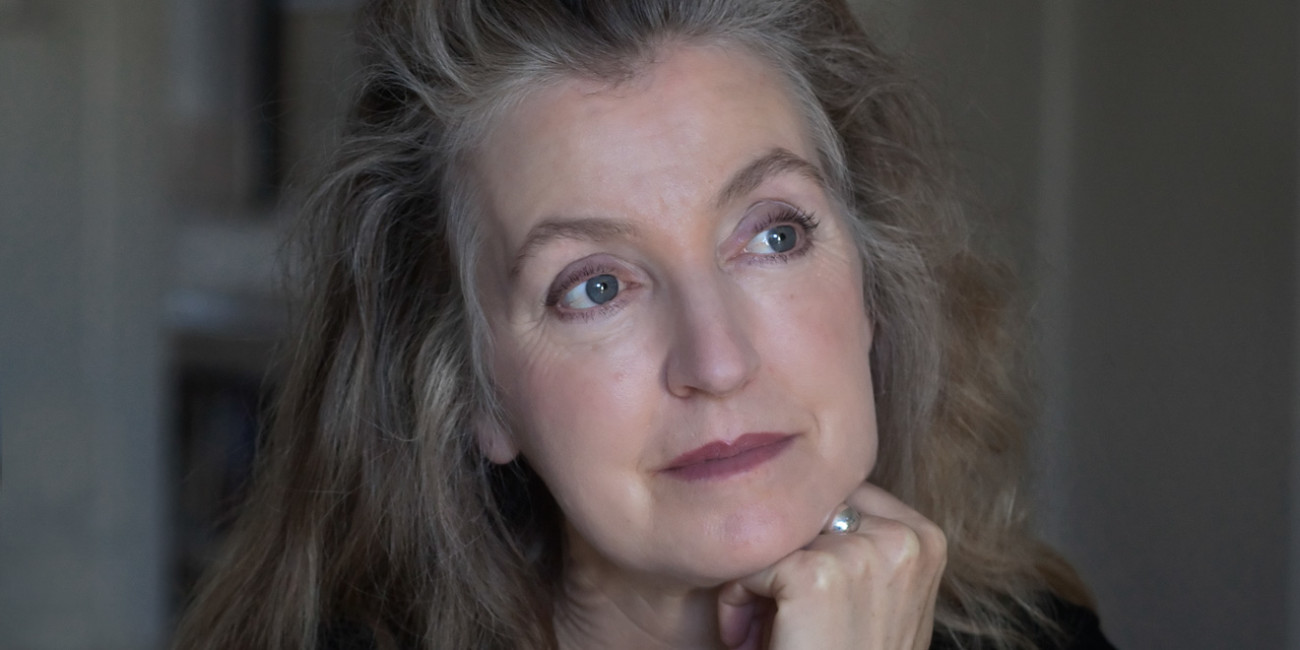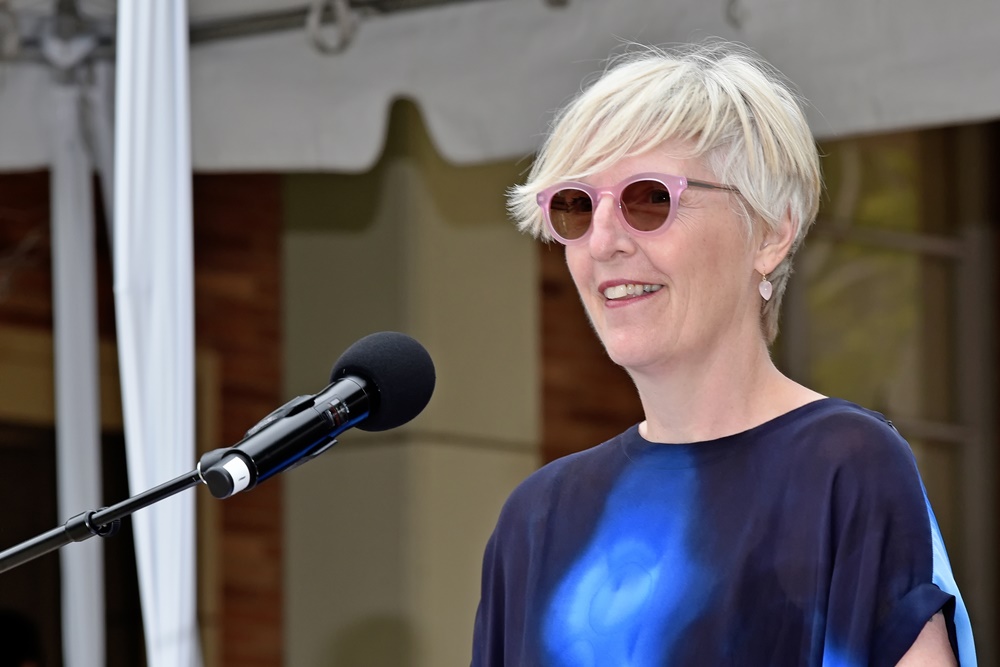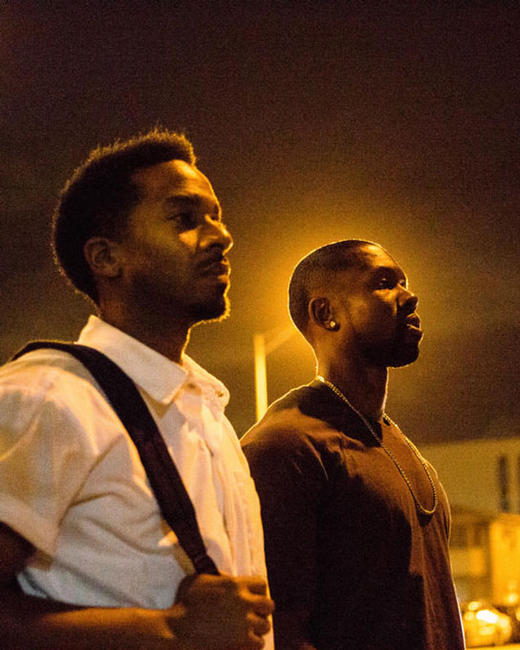“Arnie Zane [and I] built this company out of the same troubled milieu that we’re all living through right now—racism, sexism—and we have been able to make an organization that expressed my belief that art could save us.” — Bill T. Jones
As an innovator of post-modern dance since the 1970s and survivor of the American cultural wars of the ’80s, choreographer Bill T. Jones has endured catastrophes both political and personal. He lived through the disgrace of the government’s non-response to the AIDS epidemic, and lost Zane to the disease in 1988.
With his company—the Bill T. Jones/Arnie Zane Dance Company—Jones’ created Still/Here (1994), a mixed-media, performance-art dance piece incorporating videotaped footage of terminally ill patients speaking into the camera. In an infamous attack on a work she declined to see firsthand, the New Yorker dance critic Arlene Croce railed against what she dismissed as foundation-dependent “victim art”:
“By working dying people into his act, Jones is putting himself beyond the reach of criticism. I think of him as literally undiscussable… because he has taken sanctuary among the unwell. Victim art defies criticism not only because we feel sorry for the victim but because we are cowed by art.”*
An uproar immediately followed, with Tony Kushner, Camille Paglia, Hilton Kramer, and Joyce Carol Oates weighing in from both sides. The author and activist bell hooks wrote:
“To write so contemptuously about a work one has not seen is an awesome flaunting of privilege—a testimony to the reality that there is no marginalized group or individual powerful enough to silence or suppress reactionary voices. Ms. Croce’s article is not courageous or daring, precisely because it merely mirrors the ruling political mood of our time.”*
After the publication of “Discussing the Undiscussable,” Croce’s output decreased significantly, while Jones—who recently dropped “dance” from his company’s title: “We are a contemporary performance ensemble”—has moved from strength to strength.**

This weekend at Royce Hall, CAP UCLA will present two complete performances of Jones’ ANALOGY TRILOGY, a durational work “focusing on memory and the effect of powerful events on the actions of individuals and, more importantly, on their often unexpressed inner life.” During the performance, musical accompaniment will be provided by composer Nick Hallett, pianist Emily Manzo, baritone Matthew Gamble, and the dancers.***
The trilogy can be seen in one daylong event, or as separate afternoon and evening performances:
ANALOGY/DORA: TRAMONTANE is based on the World War II experiences of French Jewish nurse Dora Amelan, the mother of Jones’ partner and company creative director Bjorn Amelan.
ANALOGY/LANCE: PRETTY aka THE ESCAPE ARTIST takes as its subject Jones’ nephew Lance Briggs. Art, in this case, could not save a life of promise after Lance quit dancing and turned to drugs and hustling.
ANALOGY/AMBROS: THE EMIGRANT draws from the W.G. Sebald novel The Emigrant to show how “trauma can go underground in the psyche of an individual and direct—consciously and unconsciously—the course of that individual’s life.”

BILL T. JONES/ARNIE ZANE COMPANY
Saturday and Sunday, November 3 and 4.
ANALOGY/DORA and ANALOGY/LANCE begin at 2 pm, with an intermission between parts.
ANALOGY/AMBROS begins at 7 pm.
The event breaks for dinner from 5:30 pm to 7 pm.
Royce Hall, UCLA
10745 Dickson Court, Los Angeles.
*Arlene Croce, “Discussing the Undiscussable,” in Writing in the Dark, Dancing in The New Yorker (New York: Farrar, Straus and Giroux, 2000), 708–719.
Croce’s article was originally published in the December 26, 1994–January 2, 1995 issue of The New Yorker.
The responses by bell hooks and others ran under “Who’s the Victim? Dissenting Voices Answer Arlene Croce’s Critique of Victim Art” in the January 30, 1995 issue of the magazine.
**Gia Kourlas, “Bill T. Jones is Making Room in Dance for More Than Dance,” New York Times, September 18, 2018.
***Dancers performing during the Royce Hall engagement include Vinson Fraley, Jr., Barrington Hinds, Shane Larson, I-Ling Liu, Penda N’Diaye, Jenna Riegel, Christina Robson, Carlo Antonio Villanueva, and Huiwang Zhang.

Color photographs: Bill T. Jones/Arnie Zane Company, Analogy Trilogy, photographs by Paul B. Goode, image credit: CAP UCLA. Black and white photograph: Bill T. Jones (left) and Arnie Zane, image credit: New York Live Arts.

